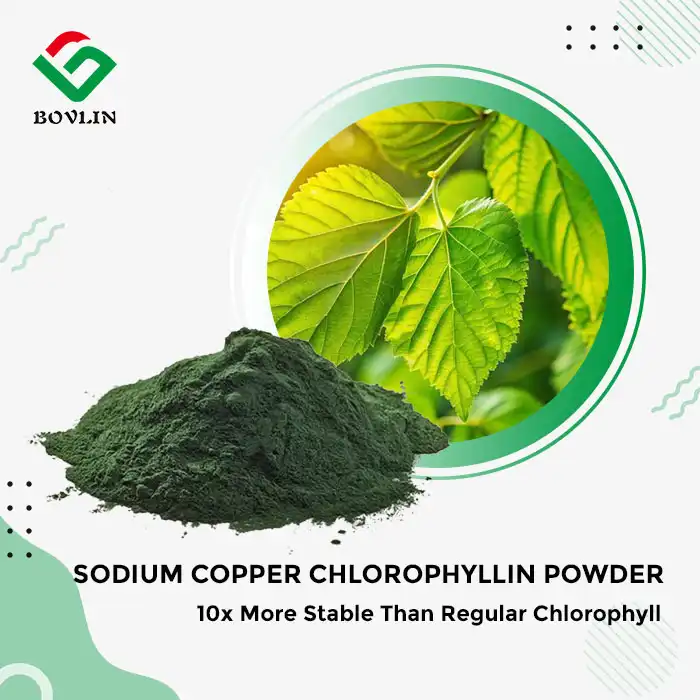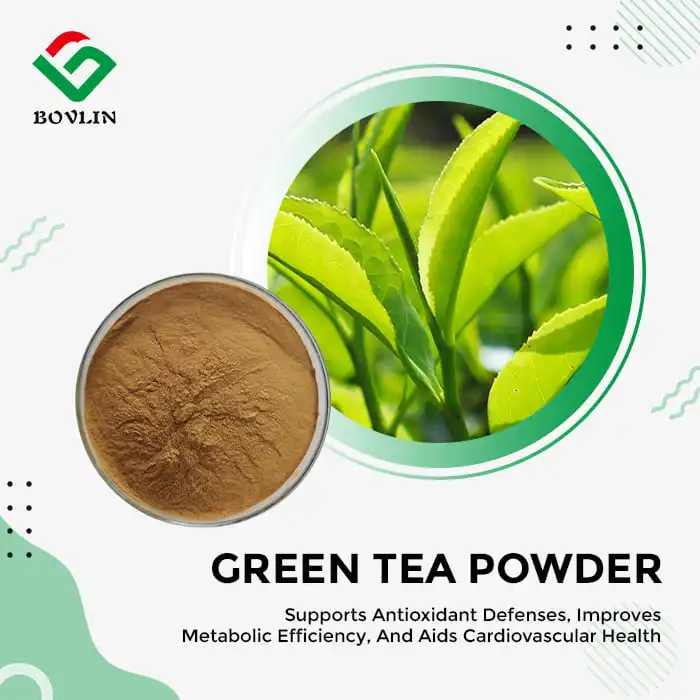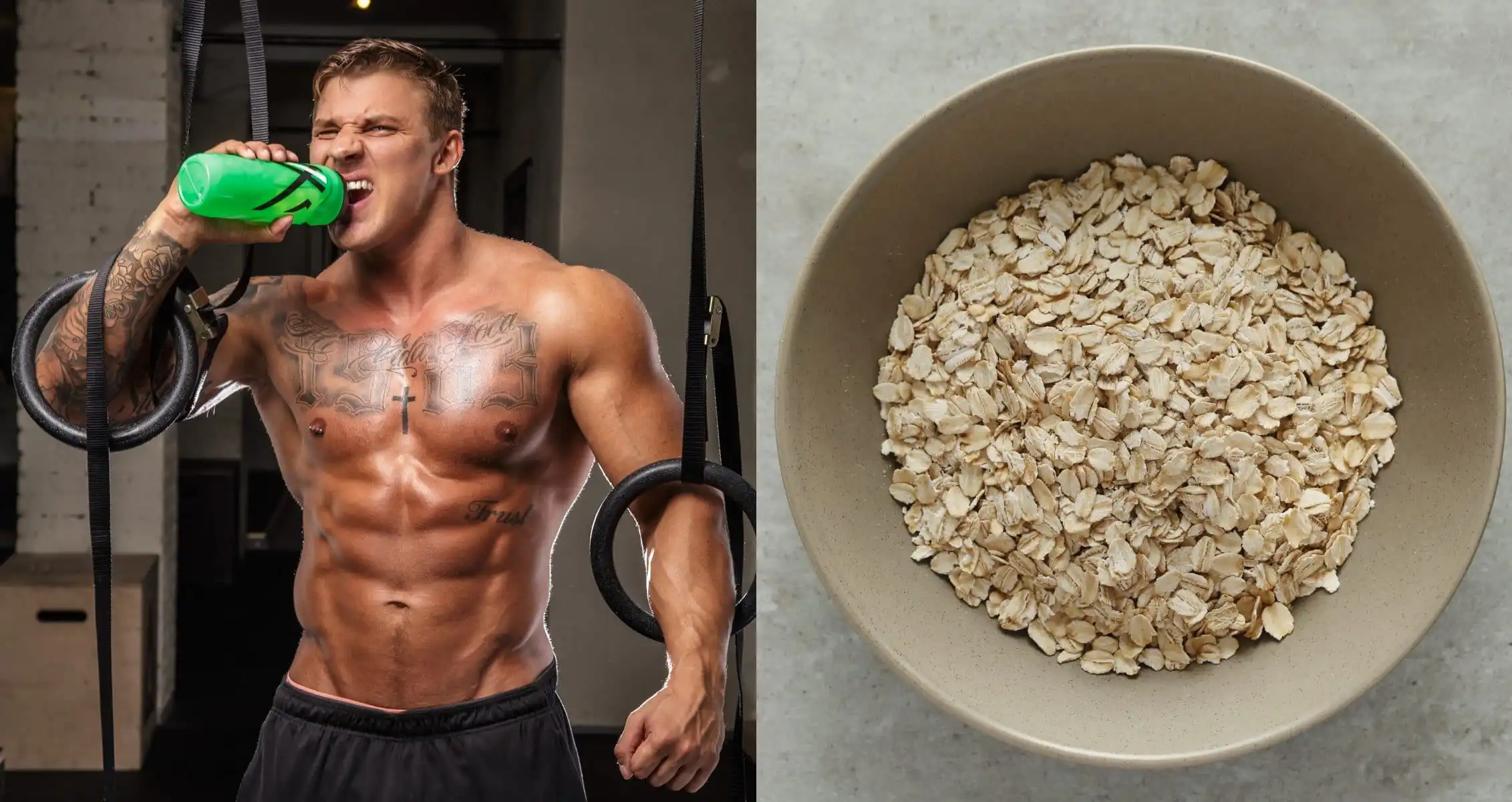What Role Do Oat Peptides Play in Post-Workout Recovery?
Antioxidant Properties and Inflammation Reduction
Oat peptides demonstrate strong antioxidant effects that are particularly valuable after intense exercise. During vigorous physical activity, the body experiences increased oxidative stress and inflammation, which can lead to muscle fatigue and damage. The antioxidant action of oat peptides helps neutralize harmful free radicals generated during workouts, reducing oxidative damage to muscle cells. Additionally, their anti-inflammatory properties may lower inflammation markers, aiding in quicker muscle recovery and minimizing soreness, thus supporting overall post-workout healing and improved performance in subsequent training.
Enhanced Nutrient Delivery to Muscles
Due to their small molecular size, oat peptides are absorbed rapidly in the digestive tract, allowing for efficient transport of essential nutrients to muscle tissues. This fast absorption facilitates the timely delivery of amino acids necessary for muscle repair and the synthesis of new proteins. By enhancing nutrient bioavailability, oat peptides support accelerated muscle recovery and growth after exercise. This characteristic makes oat peptides a valuable ingredient in post-workout supplements aimed at improving recovery speed, reducing muscle breakdown, and optimizing the body’s adaptation to training stimuli.
Glycogen Replenishment Support
Glycogen stored in muscles serves as the primary energy source during physical exertion. After exercise, replenishing glycogen stores is critical for restoring energy levels and preparing the body for future workouts. Emerging research suggests that oat peptides may positively influence glycogen resynthesis rates by enhancing glucose uptake and utilization in muscle cells. Including oat peptides in recovery formulations could therefore help accelerate glycogen restoration, improving endurance and performance for athletes by enabling quicker recovery and reducing fatigue in consecutive training sessions.
Amino Acid Profile and Muscle Protein Synthesis Support
Essential Amino Acid Composition
The amino acid profile of oat peptides is particularly noteworthy in the context of muscle protein synthesis. Hydrolyzed oat protein contains all nine essential amino acids, including branched-chain amino acids (BCAAs) crucial for muscle repair and growth. This complete amino acid profile makes oat peptides a valuable ingredient for sports nutrition formulas aimed at supporting muscle recovery and development.
Leucine Content and mTOR Activation
Among the essential amino acids found in oat peptides, leucine deserves special attention. Leucine is known to play a key role in stimulating muscle protein synthesis through the activation of the mTOR (mammalian target of rapamycin) pathway. The presence of leucine in oat peptides may contribute to their potential effectiveness in promoting muscle recovery and growth post-exercise.
Peptide-Specific Effects on Protein Synthesis
Beyond their amino acid content, certain specific peptide sequences found in hydrolyzed oat protein may have unique effects on muscle protein synthesis. Some research suggests that these bioactive peptides could potentially enhance the overall anabolic response to exercise, leading to improved muscle recovery and adaptation over time.
Integration of Oat Peptides in Sports Nutrition Formulas
Synergistic Effects with Other Ingredients
When integrating oat peptides into sports nutrition formulas, manufacturers often consider their potential synergistic effects with other ingredients. For instance, combining oat peptides with fast-absorbing carbohydrates may create a more comprehensive recovery formula, addressing both protein synthesis and glycogen replenishment needs. Additionally, pairing oat peptides with other anti-inflammatory compounds could potentially enhance their overall impact on post-workout recovery.
Optimal Dosage and Timing Considerations
Determining the optimal dosage and timing for oat peptide supplementation is crucial for maximizing their potential benefits. While research is still ongoing, some studies suggest that consuming oat peptides immediately post-workout or as part of a pre-sleep nutrition strategy may be particularly effective. Manufacturers should consider these timing aspects when developing product formulations and usage recommendations.
Product Formulation Challenges and Solutions
Incorporating oat peptides into sports nutrition products presents both opportunities and challenges for manufacturers. The hydrolyzed nature of oat protein can sometimes lead to taste and texture issues in finished products. However, advancements in flavor masking technologies and innovative formulation techniques have allowed for the successful integration of oat peptides into a wide range of product formats, including powders, bars, and ready-to-drink beverages.

Conclusion
Oat peptides show promising potential in supporting muscle recovery and overall athletic performance. Their unique amino acid profile, antioxidant properties, and potential to enhance nutrient delivery make them an intriguing ingredient for sports nutrition formulations. As research continues to evolve, manufacturers and enterprises in the sports nutrition industry should keep a close eye on developments in oat peptide science. By leveraging the benefits of oat peptides, companies can potentially create more effective recovery products, meeting the growing demand for plant-based and scientifically backed sports nutrition solutions.
Contact Us
Are you interested in exploring how oat peptides can enhance your sports nutrition product line? Discover the potential of our high-quality hydrolyzed oat protein for your formulations. Contact us at sales1@bovlin.com to learn more about integrating this innovative ingredient into your products.












